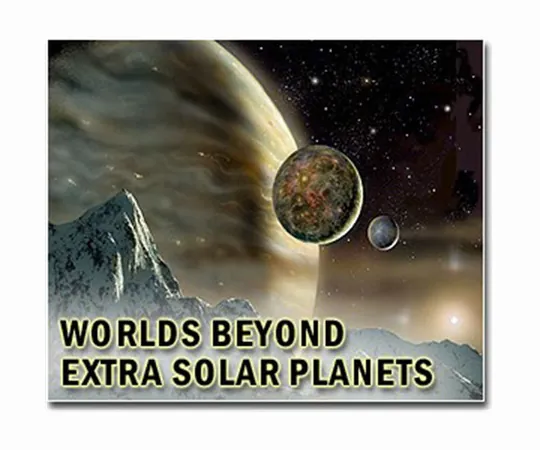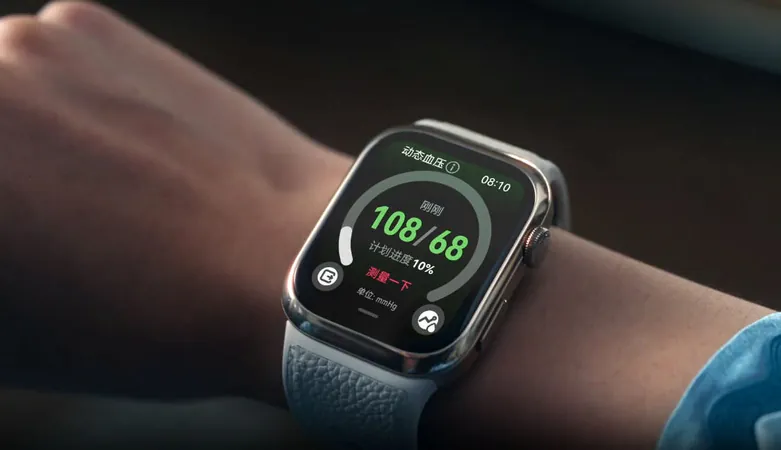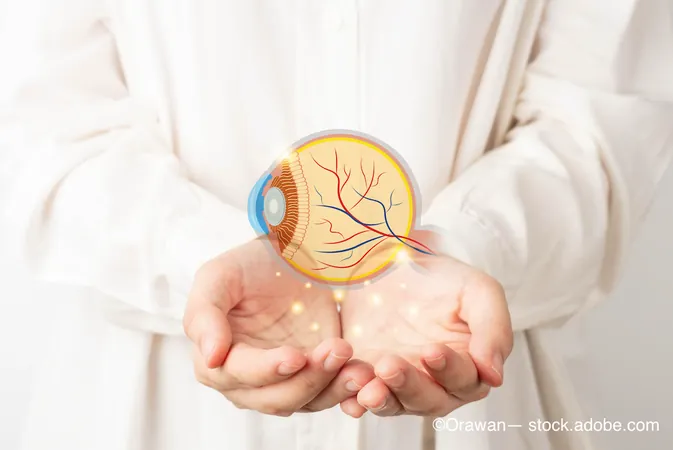
Mind-Blowing Discoveries from NASA's NEOWISE: The Final Say!
2024-11-27
Author: Daniel
The End of an Era
As the cosmic clock officially struck the end of an era on November 1, 2024, NASA's NEOWISE mission wrapped up its astounding journey through the cosmos. Just two weeks later, on November 14, a treasure trove of data was unveiled to the astronomy community—a staggering repository spanning over 26 million images and nearly 200 billion detected sources!
Birth and Purpose of NEOWISE
Originally launched in 2009 as the Wide-field Infrared Survey Explorer (WISE), NEOWISE was reactivated in 2013 to embark on its asteroid-hunting adventure. Over its remarkable 15-year mission, the infrared space telescope meticulously scanned the night sky, completing 21 full surveys. While its primary focus was identifying and studying near-Earth objects (NEOs)—including asteroids and comets—the valuable infrared data collected has far-reaching implications across various astronomical disciplines.
The Gift of NEOWISE
Innovatively dubbed "The Gift of NEOWISE," the release features six breathtaking new images, spotlighting cosmic phenomena never seen before by the public. The NEOWISE team at IPAC (Infrared Processing and Analysis Center) at Caltech worked tirelessly to sift through the archives to unveil these hidden gems. Robert Hurt, an IPAC Visualization Scientist, expressed excitement over discovering fascinating regions of cosmic dust where stars are born—an area that oozes with potential for future discovery.
Stunning Cosmic Images
One standout image in this collection captures the stunning California Nebula, a sprawling dusty region located in the Milky Way, approximately 1,000 light-years away in the Perseus constellation. This cosmic wonder glows vividly in longer infrared wavelengths, showcasing the dust clouds' beauty and inviting both researchers and enthusiasts alike to appreciate its magnificence.
Understanding Near-Earth Objects (NEOs)
The NEOWISE mission has not only increased our understanding of NEOs but has also generated crucial data to study other celestial bodies. Over the course of its mission, scientists characterized over 3,000 NEOs—around 10% of the known population—thanks to its consistent observation capabilities. As NEOWISE has watched the skies change for nearly 15 years, it opened up new avenues in time-domain science, revealing everything from nearby asteroids to the most distant quasars.
Final Observations and Legacy
The final NEO examined by NEOWISE was 2007 LV8, observed more than 100 times during the concluding days of the mission. Roc Cutri, the NEOWISE Task Lead, emphasized that the vast data set provides invaluable insights into the evolution of these celestial wanderers—a true testament to the power of repeated observations.
Future Discoveries Await
But the excitement doesn't stop here! The legacy of NEOWISE is just beginning. As astronomers delve deeper into the amassed data housed in the NASA/IPAC Infrared Science Archive (IRSA), they are on the cusp of uncovering countless untold stories of comets, asteroids, nebulae, and much more. Yuna Kwon, a leading researcher on the new COSINE project, is harnessing the extensive NEOWISE database to investigate comets—some of the most primitive objects in our solar system that might reveal secrets of its formation.
Conclusion
In short, though NEOWISE may have reached its operational end, its revelations and the quest for astronomical insights are far from over. So, buckle up, space enthusiasts! The universe is waiting to be explored, and NEOWISE's massive data dump opens the door to an exciting chapter filled with endless cosmic mysteries yet to be solved. Grab your telescopes and get ready for a journey like no other!



 Brasil (PT)
Brasil (PT)
 Canada (EN)
Canada (EN)
 Chile (ES)
Chile (ES)
 España (ES)
España (ES)
 France (FR)
France (FR)
 Hong Kong (EN)
Hong Kong (EN)
 Italia (IT)
Italia (IT)
 日本 (JA)
日本 (JA)
 Magyarország (HU)
Magyarország (HU)
 Norge (NO)
Norge (NO)
 Polska (PL)
Polska (PL)
 Schweiz (DE)
Schweiz (DE)
 Singapore (EN)
Singapore (EN)
 Sverige (SV)
Sverige (SV)
 Suomi (FI)
Suomi (FI)
 Türkiye (TR)
Türkiye (TR)